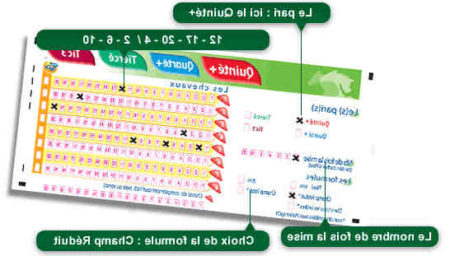

The combination of drone sightings, RIB retrieval, and post flight image analysis leads to improved monitoring of debris at sea. During the survey, debris too large for the manta trawl was spotted by the drone, and significant debris not observed using the drone was recovered by the RIB. 3) integrating post- flight image analysis into retrieved debris quantification and 4) factors limiting drone effectiveness at sea. Here we examine issues arising from drone deployment during the survey: 1) relation of area surveyed by drone to volume of water passing through trawl 2) retrieval of drone-spotted and associated RIB spotted debris. The drone was flown to a distance of approximately 100 meters from the vessel in a zigzag or circular search pattern. For drone observations, the operator and observer were stationed on the mother ship while two researchers collected observed debris using a rigid inflatable boat (RIB). Trawls were conducted on an 11 station grid used repeatedly since 1999. Subsurface tucker trawls at 10 meters were conducted at the same time as the manta trawls, in order to assess the effect of sea state on debris dispersal.


To partially overcome these limitations in monitoring floating debris, a Quadcopter drone with video transmitting and recording capabilities was deployed at the beginning and the end of manta trawl transects within the North Pacific Subtropical Gyre's eastern convergence zone. Monitoring debris at sea presents challenges not found in beach or riverine habitats, and is typically done with trawl nets of various apertures and mesh sizes, which limits the size of debris captured and the area surveyed. Drone Use in Monioring Open Ocean Surface Debris, Including Paired Manta and Tucker Trawls for Relateing Sea State to Vertical Debris Distribution


 0 kommentar(er)
0 kommentar(er)
